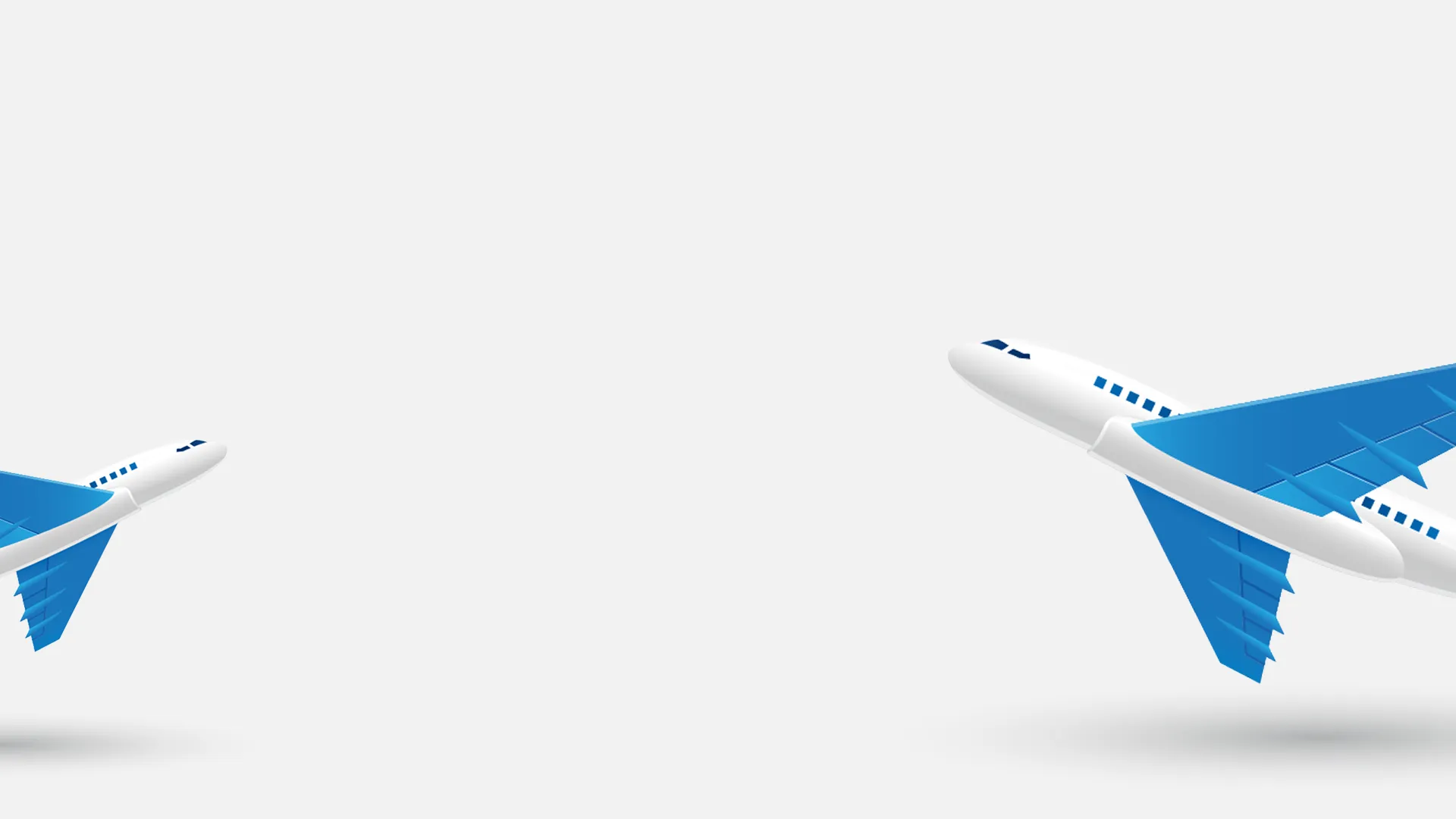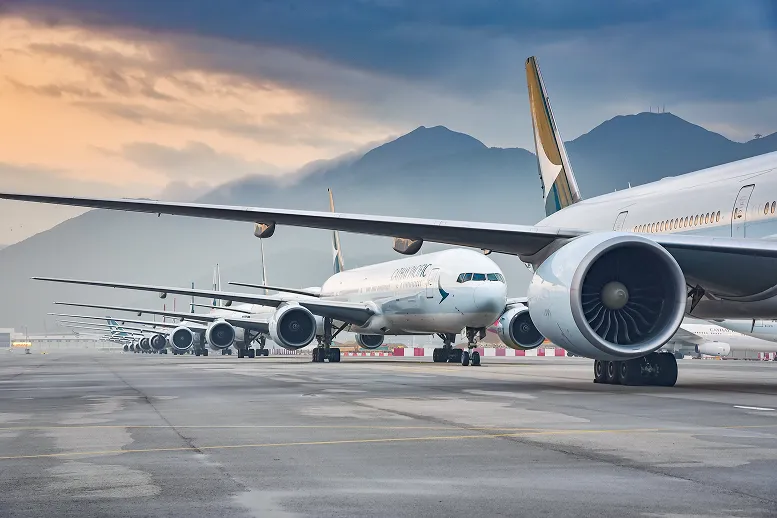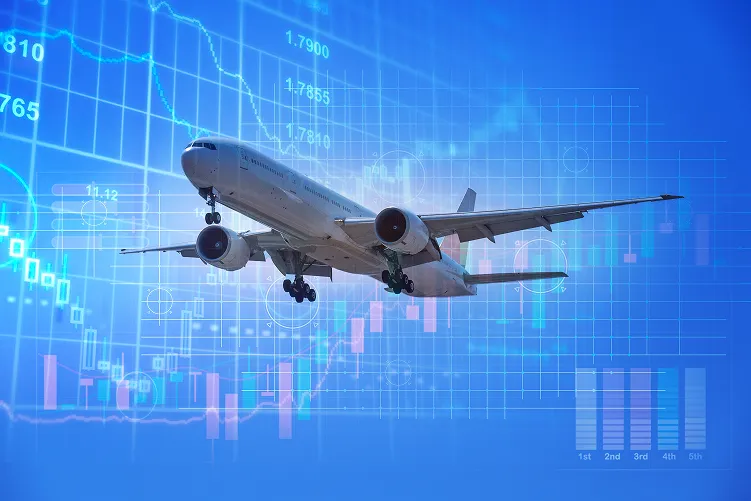

Investing in Airline Stocks: Opportunities and Challenges
As we enter 2025, global markets continue to navigate a dynamic economic landscape shaped by ongoing recovery from the pandemic, inflationary pressures, and rapid technological advancements. For investors, one sector worth watching is stocks within the airline industry. This post will explore the potential of investing in airline stocks in 2025, examining key factors such as market trends, risks, and opportunities, while also offering insights into using CFDs (Contracts For Difference) for trading airline stocks effectively.
Why Airline Stocks Deserve Attention in 2025
Economic recovery supports travel demand: As global economies stabilize, consumer confidence is expected to rise, driving increased leisure and business travel demand. Airlines are set to benefit from higher passenger volumes.
Air cargo remains vital: E-commerce growth continues to fuel the air cargo market, providing an additional revenue stream for many airlines. This diversification strengthens their business models.
Rebound in profitability: Industry-wide cost-cutting measures, alongside efforts to modernize fleets for fuel efficiency, are improving profit margins. Many major airline stocks could see higher earnings growth.
Sustainability initiatives: Airlines invest in greener technologies, such as sustainable aviation fuels and electric aircraft. These initiatives may enhance long-term growth prospects and attract ESG-conscious investors.
Key Risks of Investing in Airline Stocks
Volatile fuel prices: Jet fuel is a significant cost driver for airlines, and its price fluctuations can directly impact profitability.
Economic uncertainty: A potential global economic slowdown or geopolitical events could dampen travel demand and negatively affect airline revenues.
Regulatory pressures: Stricter environmental regulations may increase operational costs, especially for airlines that are slow to adopt sustainable practices.
Competition remains fierce: The airline industry is highly competitive, with low-cost carriers challenging established players and potentially squeezing margins.
Trends Shaping the Airline Sector
Digital transformation: Airlines leverage AI and advanced analytics to optimize operations, improve customer experience, and enhance revenue management.
Focus on premium services: Demand for premium travel, including first-class and business-class seating, is rebounding strongly, especially in long-haul markets.
Regional growth: Emerging markets in Asia and the Middle East are witnessing rapid expansion in air travel, providing growth opportunities for airlines operating in these regions.
Fleet modernization: Many airlines will continue prioritizing investment in newer, more fuel-efficient aircraft to reduce costs and comply with sustainability goals.

Why Use CFDs to Trade Airline Stocks?
Flexibility in market conditions: CFDs allow traders to profit from rising and falling airline stock prices, making them versatile in volatile markets.
Leverage for enhanced opportunities: CFDs provide access to leverage, enabling investors to take larger positions with a smaller initial investment. However, this also increases risk.
Diversify your portfolio: CFDs let you trade multiple airline stocks without requiring significant capital, providing exposure to the industry.
Risk management tools: Many CFD platforms, including TMGM, offer advanced tools, such as stop-loss and take-profit orders, to help traders manage trading risks effectively.
How to Approach Investing in Airline Stocks in 2025
Conduct thorough research: Before investing, study individual airlines' financial health, market position, and growth strategies.
Monitor global trends: Monitor macroeconomic indicators, fuel prices, and geopolitical developments that could impact the airline industry.
Diversify within the sector: To mitigate risks, consider spreading investments across different airline stocks, including low-cost carriers, premium operators, and cargo-focused airlines.
Leverage CFD tools for strategic trading: Use CFDs to test your strategies and take advantage of market movements with precision and control.

Airline Stocks Hold Promise in 2025
Investing in airline stocks in 2025 offers an intriguing mix of opportunities and challenges. With economic recovery driving travel demand, advancements in sustainability, and regional growth in emerging markets, the sector has the potential for strong returns. However, investors must remain mindful of fuel price volatility and economic uncertainty.
For those exploring advanced trading strategies, TMGM provides a comprehensive platform to trade airline stocks via CFDs. Visit TMGM to access educational resources, cutting-edge tools, and expert insights to refine your approach and maximize your investment potential.
เทรดอย่างชาญฉลาดวันนี้






เข้าบัญชี
ได้ทันที



